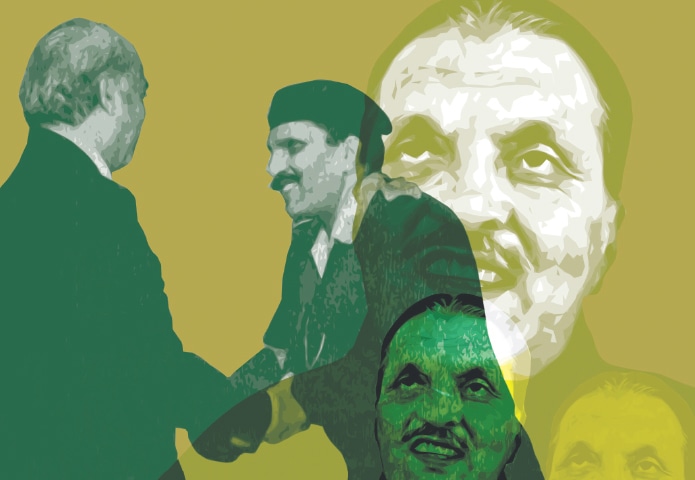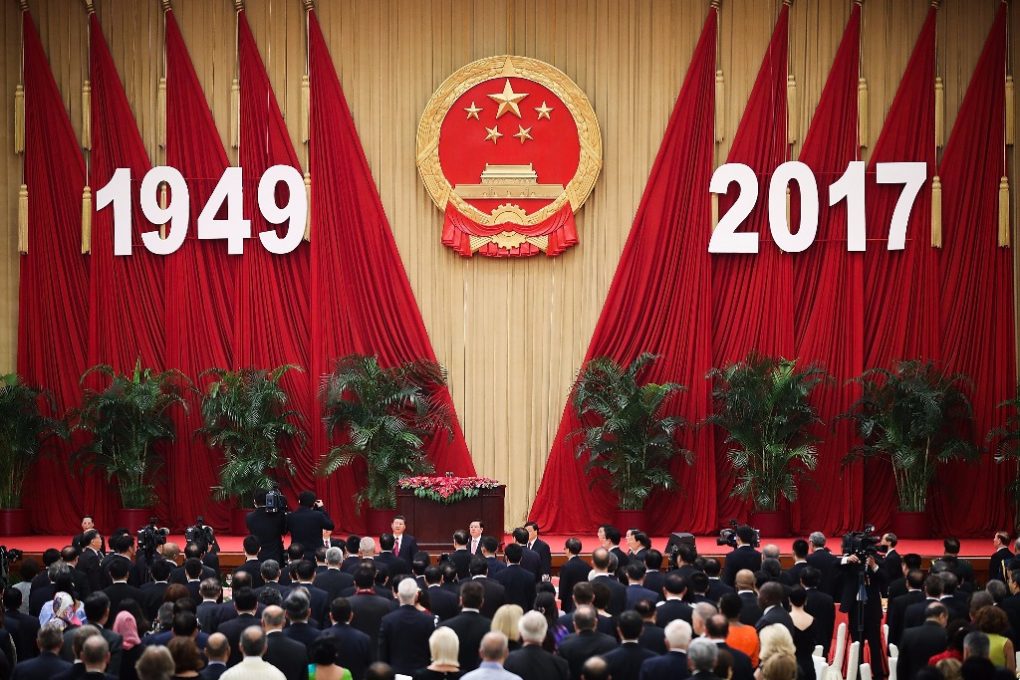DOES INEQUALITY SPUR GROWTH OR KILL IT
-- Maj Gen P K Mallick,VSM (Retd)
 Angus Deaton, an economics professor at Princeton, is the recipient of the 2015 Nobel Prize in economics. He is asked : America is trying to come to terms with its economic inequality. Does inequality spur growth or kill it? Is it a necessary evil—or necessarily bad?
Angus Deaton, an economics professor at Princeton, is the recipient of the 2015 Nobel Prize in economics. He is asked : America is trying to come to terms with its economic inequality. Does inequality spur growth or kill it? Is it a necessary evil—or necessarily bad?
Deaton believes the biggest misconception about inequality is that it causes certain economic, political, and social processes. But that’s backward. Economic inequality is a symptom of processes—some good, some bad—that drive the global economy. It’s the residue of a post-industrialized age. He argues :
Two types of inequality
Deaton believes that Inequality is not the same thing as unfairness. It is the latter that has incited so much political turmoil in the rich world today. Some types of inequality feel instinctively ok. Americans adore inventors and rags-to-riches heroes. But innovators rising net worths contribute to inequality. Aspects of globalization and technological change, like outsourcing and robotics, also suppress worker wages while benefiting the rich. But these alone can’t explain why median incomes have stagnated for half a century, while incomes at the top have skyrocketed.
What’s unfair
To Deaton, there are other economic and social processes that propagate inequality, and they’re unfair.
Healthcare Financing. Healthcare jobs grew the second fastest in 2017, but wages were largely flat, leading hospital workers to unionize for higher pay. Healthcare financing cuts wages for the average American. Most employer-sponsored healthcare benefits are actually taken out workers’ paychecks, not a pure company perk.
Mergers. Many industries, like tech, media and healthcare, are now run by a few, large companies. But mergers rarely boost the wages of workers. Big companies have an easier time manipulating public policy to accrue profits, instead of making money through innovation and investment.
The Sluggish Federal Minimum Wage. The US federal minimum wage, at $7.25 an hour, hasn’t budged since 2009.
Diminishing Worker Power. Twenty percent of workers sign non-compete clauses, which prevent them from taking on side-hustles to make some extra cash, reducing their incomes and bargaining power. Over half of non-union, privately employed Americans—some 60 million people—have signed mandatory arbitration agreements, which means they can never sue their employers.
The Rise of Temps. Companies are increasingly replacing full-time, salaried workers with contractors. Janitors, servers, and maintenance staff who once worked for wealthy companies now work for independent service corporations that compete aggressively against each other over pricing.
The Growth of the Stock Market. While the stock market rewards innovation, it also incentivizes companies to shuffle resources from labor to capital. As median wages have stagnated, corporate profits relative to GDP have grown 20% to 25%. That number would be even higher if executive pay was tracked as profits instead of salaries.
Corporate Wins in Politics. Trump plans to gut 75% of regulations, and may roll back a rule that requires money managers to prioritize their clients’ interests. All the while, the US Supreme Court has ruled that corporations can act as political entities—spending unlimited amounts to support candidates and the lax legislation they will eventually push.
Deaton takes heart from these problems. They’re not a consequence of seemingly unstoppable forces like globalization and technology, but of a dysfunctional economy. And he feels that with the right policies, they can be reversed.











/arc-anglerfish-arc2-prod-mco.s3.amazonaws.com/public/CO3ZWIT26BDYDB2EWA5W35SRTE.jpg)
/arc-anglerfish-arc2-prod-mco.s3.amazonaws.com/public/5BBXH27LV5HJ7IMYRC6HEK2HHU.jpg)